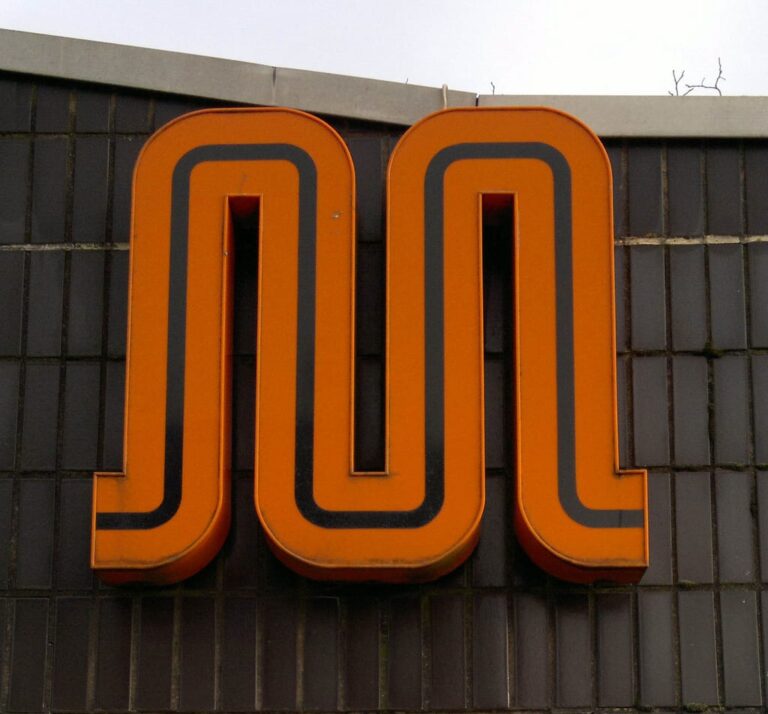The mayor of Greater Manchester has introduced a new approach to tackle congestion in Great Manchester. Great Manchester will be launching a “Congestion Deal” to challenge public bodies and operators to offer more travel options. Likewise, commuters are encouraged to change their travel behaviour such as actively choosing to use public transport, cycling or walking as an alternative to the car where possible.
Last year over 7,000 people responded to the mayor’s Congestion Conversation which appeared as an online survey. People were asked about the causes and impact of congestion is, as well as what the solutions are. The Congestion Deal was developed based on the feedback the survey received – it suggested that the main causes of congestion were collection of short journeys made by car, too many people travelling simultaneously, unfortunate traffic light timing and a lack of realistic alternatives to driving.
TfGM developed the Congestion Deal on behalf of the mayor with help from a group of independent experts and Greater Manchester’s ten local highways authorities.
Mayor of Greater Manchester, Andy Burnham explains that “Congestion is a serious problem in Greater Manchester, which affects people’s health and wellbeing, as well as access to employment and education opportunities.”
He continues: “There’s no quick fix or single solution to tackling congestion and it requires a long term approach, but there are things we could be doing better.” Therefore, if “everyone does their bit, from businesses to bus operators and from council to commuters, we can work together to reduce congestion and make Greater Manchester an even better place to live and work in the future.”
Cycling and walking commissioner for Greater Manchester, Chris Boardman also commented: “Making it easier for more people to travel without using cars, particularly for short journeys, is one of the key ways we can tackle congestion. We can only do this if we make active travel the easiest, most attractive and logical option.
“We’ve said from the start that this transformation has to be led and owned by local people. We’re ready to work closely with communities on bold and ambitious plans that will unlock the potential for thousands more people to get around by bike or on foot.”





